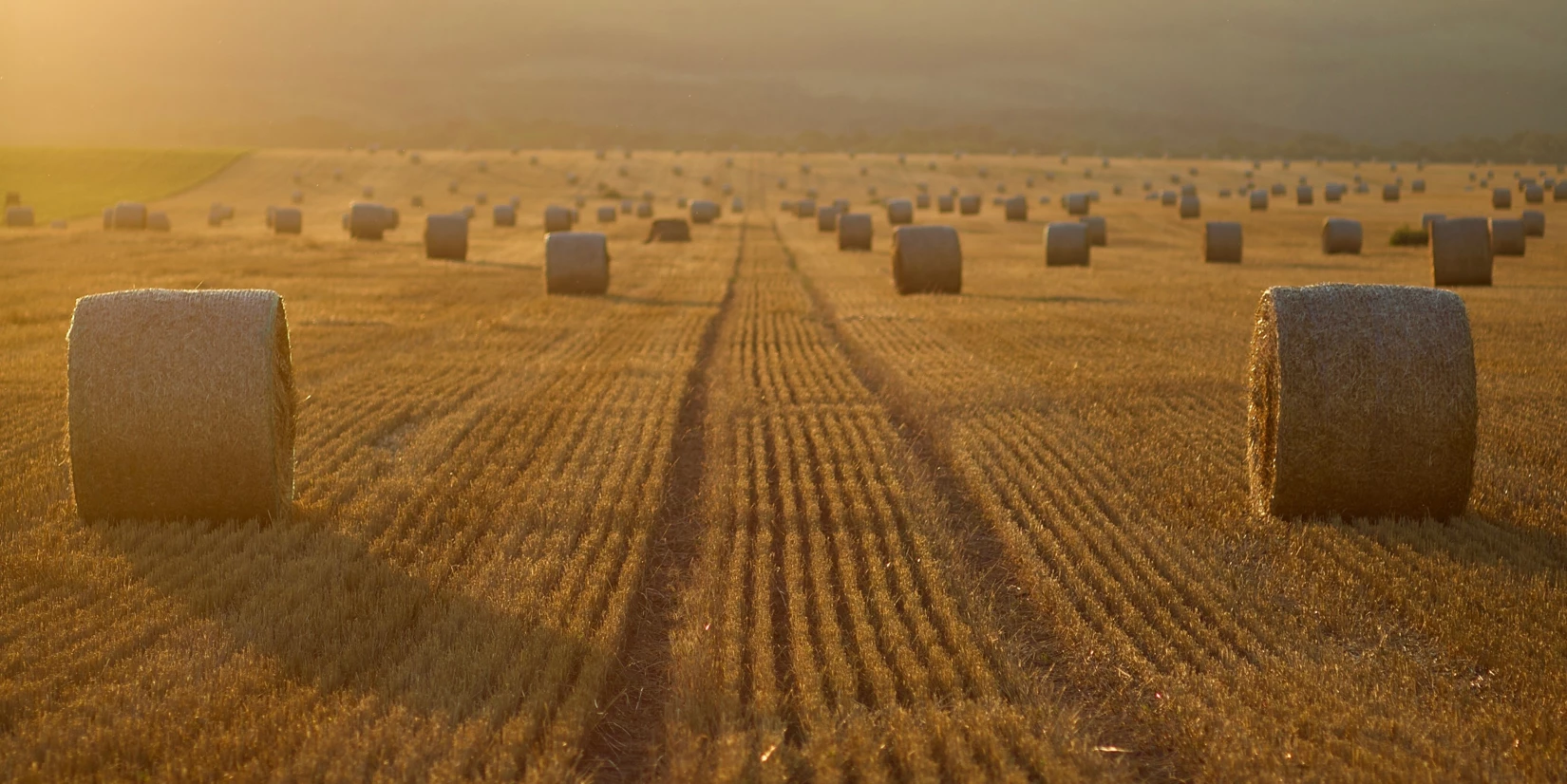
Materiały & Zastosowanie
Biomass
Biomass is plant or animal matter that can be converted into an energy source. Biomass includes farm-grown trees, agricultural crops or remains, forestry remnants, municipal wood leftovers, animal waste, fibers, and anything organic that is available on a recurring or renewable basis.
Biomass is converted to energy by burning, PyrolysisPyrolysis is the thermal decomposition of organic compounds in an inert atmosphere.pyrolysis, gasification, anaerobic digestion, or by fermentation. Biomass can be transformed into other usable forms of energy such as methane gas or biofuels like bioethanol and biodiesel. Key biomass materials include wood pellets, sugar cane, corn stover, grasses such as switchgrass and miscanthus (elephant grass), sugar beet pellets, and even blue-green algae, which is converted into bioethanol.
NETZSCH offers a variety of thermal analysis instruments for the characterization of biomass materials. The STA (Simultaneous DSC-TGA) and TGA instruments yield information on mass change behavior during combustion and PyrolysisPyrolysis is the thermal decomposition of organic compounds in an inert atmosphere.pyrolysis as well as on moisture and ash content. The DSC-capability of the STA allows for the monitoring of energy release and determination of the rate of reaction. NETZSCH offers various high-temperature furnaces for the STA in addition to a unique high-speed furnace capable of heating at rates of up to 1000 K/min, effective for fast combustion and PyrolysisPyrolysis is the thermal decomposition of organic compounds in an inert atmosphere.pyrolysis experiments such as the creation of biochar. NETZSCH STA and TGA instruments are vacuum-tight and are capable of coupling to FT-IR, QMS, and GC-MS for highly accurate composition analysis on evolved gases. The Thermal ConductivityThermal conductivity (λ with the unit W/(m•K)) describes the transport of energy – in the form of heat – through a body of mass as the result of a temperature gradient (see fig. 1). According to the second law of thermodynamics, heat always flows in the direction of the lower temperature.thermal conductivity of biochar, for example, can be determined using the NETZSCH high-temperature DSC or STA and LFA (Laser/Light Flash Analyzers).
Literatura dotycząca zastosowań

